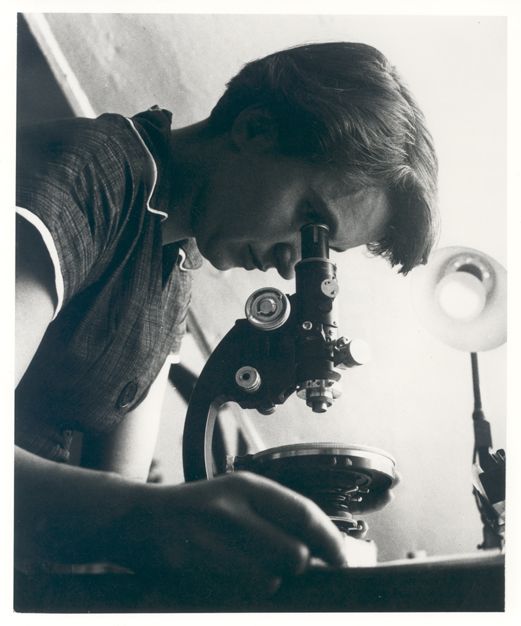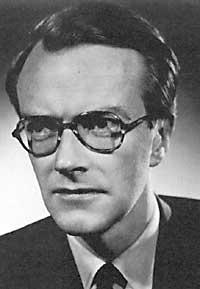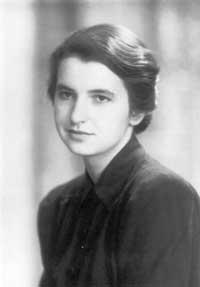They confirm that Rosalynd Franklin's scientific contribution was similar to that of Watson and Crick.
2023/04/25 Galarraga Aiestaran, Ana - Elhuyar Zientzia Iturria: Elhuyar aldizkaria

Rosalynd Franklin is one of the best-known examples of exclusion in the realm of science. In fact, it is known that James Watson and Francis Crick used Franklin's work (especially the iconic image known as Photo 51) to invent the structure of DNA. However, both researchers did not recognize Franklin and made a mention at the end of the article that they published in Nature 70 years ago, explaining the structure of DNA. Subsequently, even though Franklin's study has emerged, it has been questioned to what extent he realized the meaning of that image. Now, some documents from the time show that he understood both the structure of DNA and Watson and Crick.
These documents have been analyzed by Matthew Cobb and Nathaniel Comfort. They claim that Franklin was not a “victim” of Watson and Crick, as has been explained so far, but one of the people who found the DNA structure: Along with Maurice Wilkins, “it was half the team that articulated the scientific problem, took important initial steps for a solution, gave decisive data and checked the result.”
The documents that have helped complete the story are, on the one hand, a writing found in the drafts of journalist Joan Bruce containing the statements received from Franklin and, on the other, a written letter to Crick by one of the members of Franklin. It's clear in both of them that Franklin understood the structure of DNA.
Cobb and Comfort explain all this in Nature and explain that the discovery of the DNA structure was the result of the work of two groups: Franklin and Wilkins did an experimental job, and Watson and Crick did a theoretical job. Indeed, on April 25, 1953, along with the article by Watson and Crick, the journal Nature published another article by Wilkins and Franklin and another one by his colleagues. Moreover, they note that Franklin not only opposed sexist discrimination, but also the more hidden forms of exclusion, some of which still exist.
Franklin died at the age of 77 in 1958 from ovarian cancer. Four years later, Watson, Crick and Wilkins were awarded the Nobel Prize for clarifying the structure of DNA.

Gai honi buruzko eduki gehiago
Elhuyarrek garatutako teknologia






